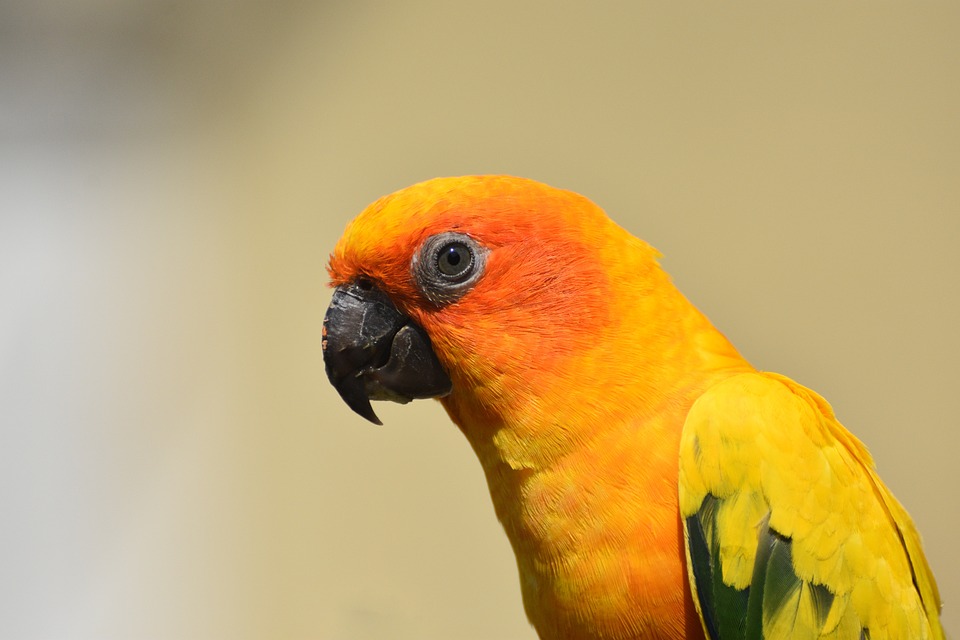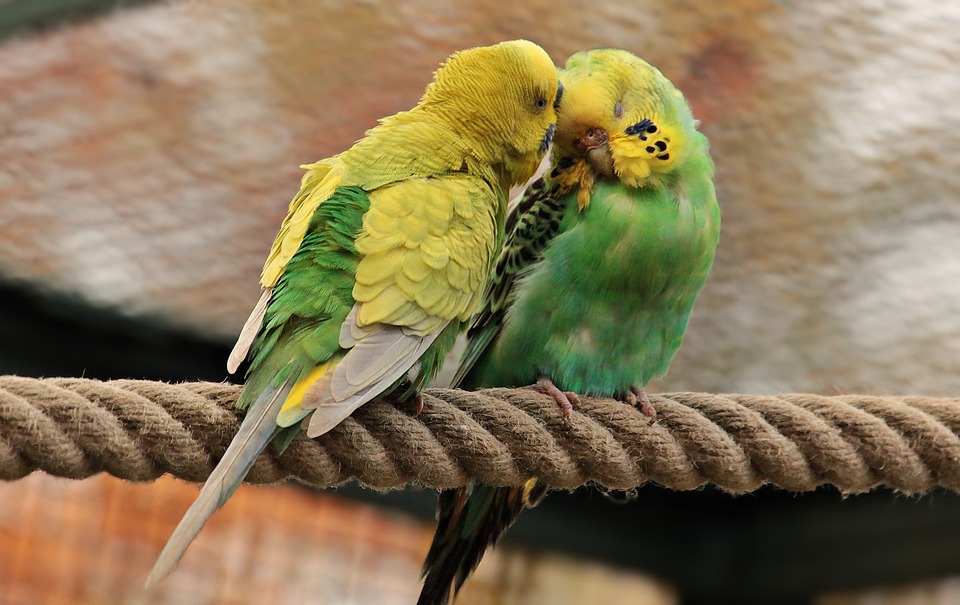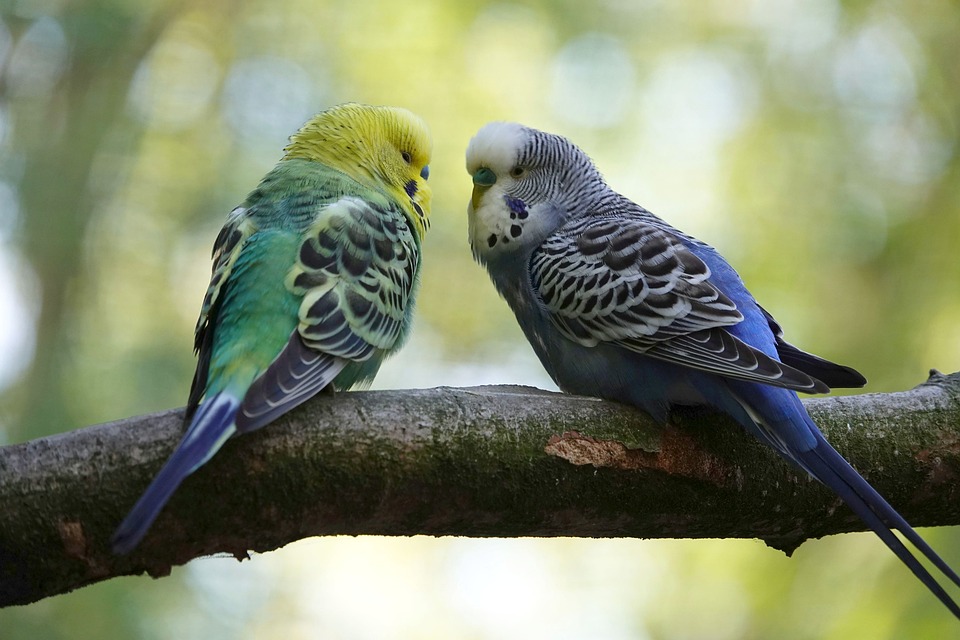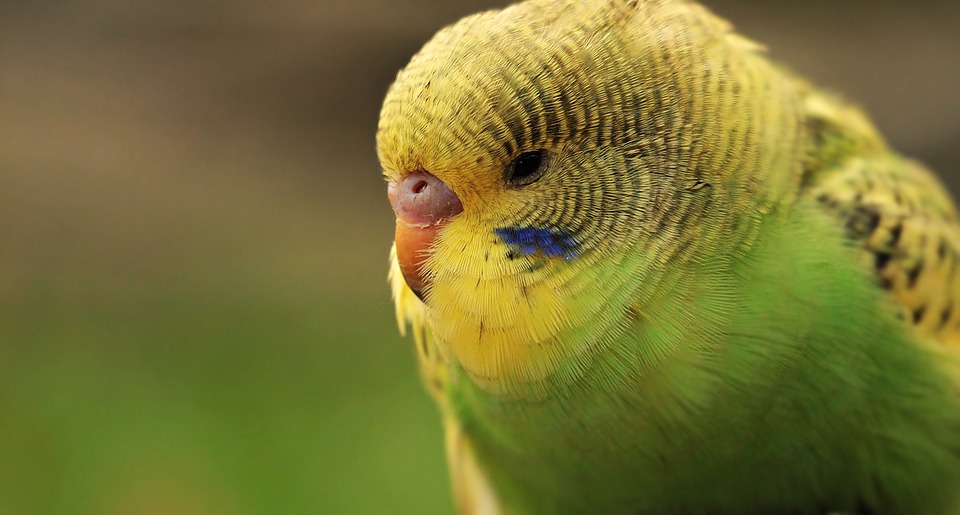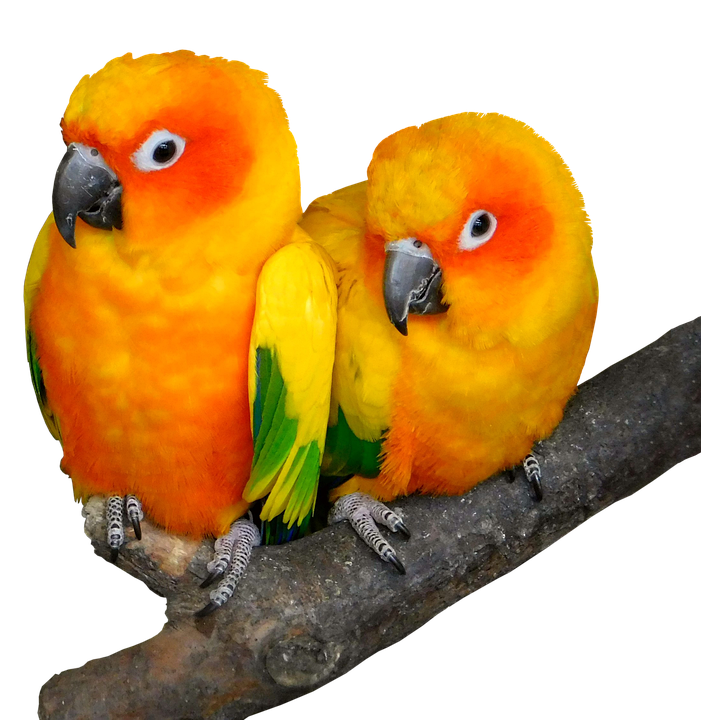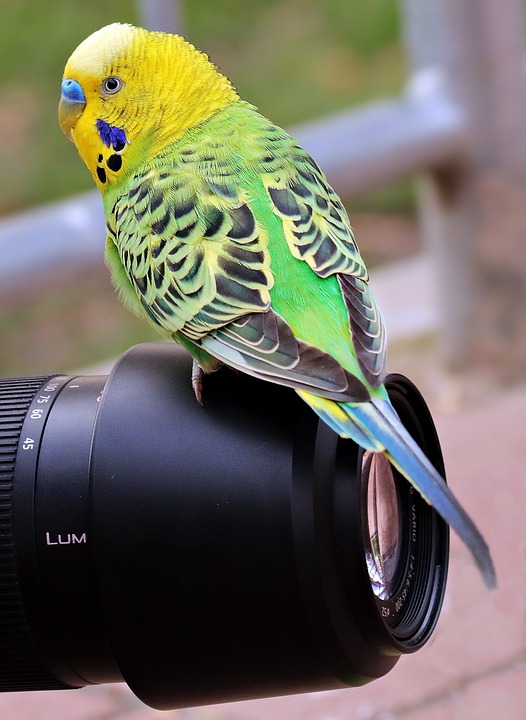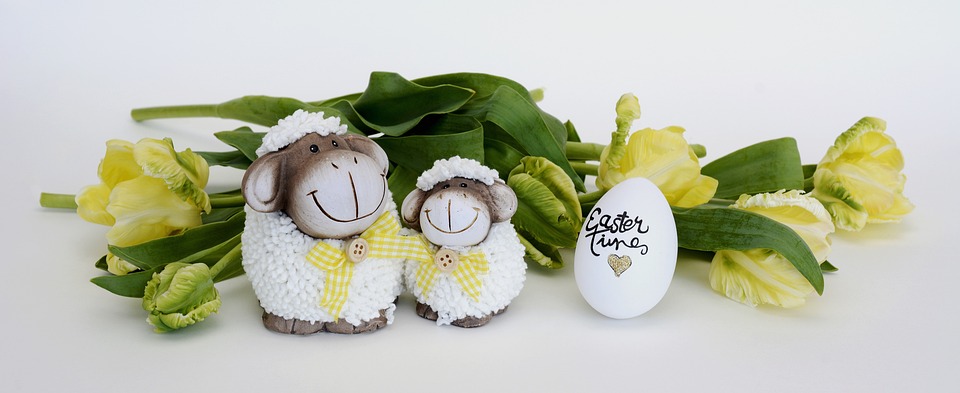Parrots are highly intelligent and social creatures that thrive on positive interactions and mental stimulation. As responsible parrot owners, it is crucial to understand the signs of a happy and content parrot. By recognizing these indicators, you can ensure the well-being and happiness of your feathered companion. In this article, we will explore various behaviors and body language cues that denote a content parrot, along with addressing some frequently asked questions regarding their happiness.
Parrots are famous for their vocal abilities, and different vocalizations can indicate their emotional state. Understanding their vocal cues can give insights into their contentment level. Cheerful chirping, soft cooing, and melodic whistling are positive signs that your parrot is feeling content and secure. Additionally, some parrots emit a low, rumbling sound similar to a cat’s purr when they are relaxed and content. This soft vibrating noise signifies a sense of comfort and happiness.
A parrot’s body language can reveal a lot about their emotional well-being. By observing their physical cues, you can gauge their level of contentment. A contented parrot will have smooth, relaxed feathers that are not fluffed up or ruffled. Engaging in playful antics, such as hanging upside down, flipping toys, or dancing, demonstrates a happy and entertained parrot. Another body language cue is when a parrot’s pupils rapidly dilate and contract, known as “eye pinning,” which often indicates excitement, interest, or pleasure.
A parrot’s eating habits can provide insights into their overall well-being and happiness. A content parrot will have a healthy and consistent appetite, eagerly consuming their regular diet and treats. Playfully exploring their food, throwing it in the air, or engaging in food-related behaviors (such as cracking nuts) are signs of a happy and content parrot.
Parrots are highly social creatures, and their interactions with you and other birds can help determine their happiness. A content parrot will willingly step onto your hand, shoulder, or finger, showing trust and a strong bond with their human companion. Mutual preening, where your parrot gently nibbles and preens your hair or clothing, is a sign of affection and contentment. Additionally, when your parrot happily greets you with vocalizations, whistles, or mimicry upon your arrival or departure, it indicates their joy in your presence.
Now, let’s address some frequently asked questions regarding parrot happiness:
Q1. Can a parrot be content if it’s not interacting with other birds or humans regularly?
A: While parrots can adapt to solitary environments, regular social interactions with humans or other birds are essential for their emotional well-being. Loneliness and lack of mental stimulation can lead to stress or behavioral issues.
Q2. Is it normal for a parrot to be quiet most of the time?
A: Yes, it is normal for parrots to have quieter moments, especially during rest or when observing their surroundings. However, sudden and prolonged silence may indicate stress or illness and should be monitored closely.
Q3. How can I ensure my parrot remains content in a captive environment?
A: Providing a stimulating environment with plenty of toys, social interaction, mental enrichment activities, a balanced diet, and a consistent daily routine can help keep your parrot content and mentally engaged.
Q4. Are there any signs that indicate my parrot is unhappy or stressed?
A: Yes, some common signs of parrot unhappiness or stress include feather plucking, loss of appetite, aggression, excessive screaming, and repetitive behaviors. If you notice these signs, it is crucial to consult an avian veterinarian or an experienced avian behaviorist.
In conclusion, understanding the signs of a happy and content parrot is vital for providing them with a nurturing and enriching environment. By paying attention to their vocalizations, body language, eating habits, and social interactions, you can ensure the well-being and happiness of your beloved feathered companion. Remember, a content parrot is more likely to thrive physically and emotionally, leading to a long and fulfilling life together.

